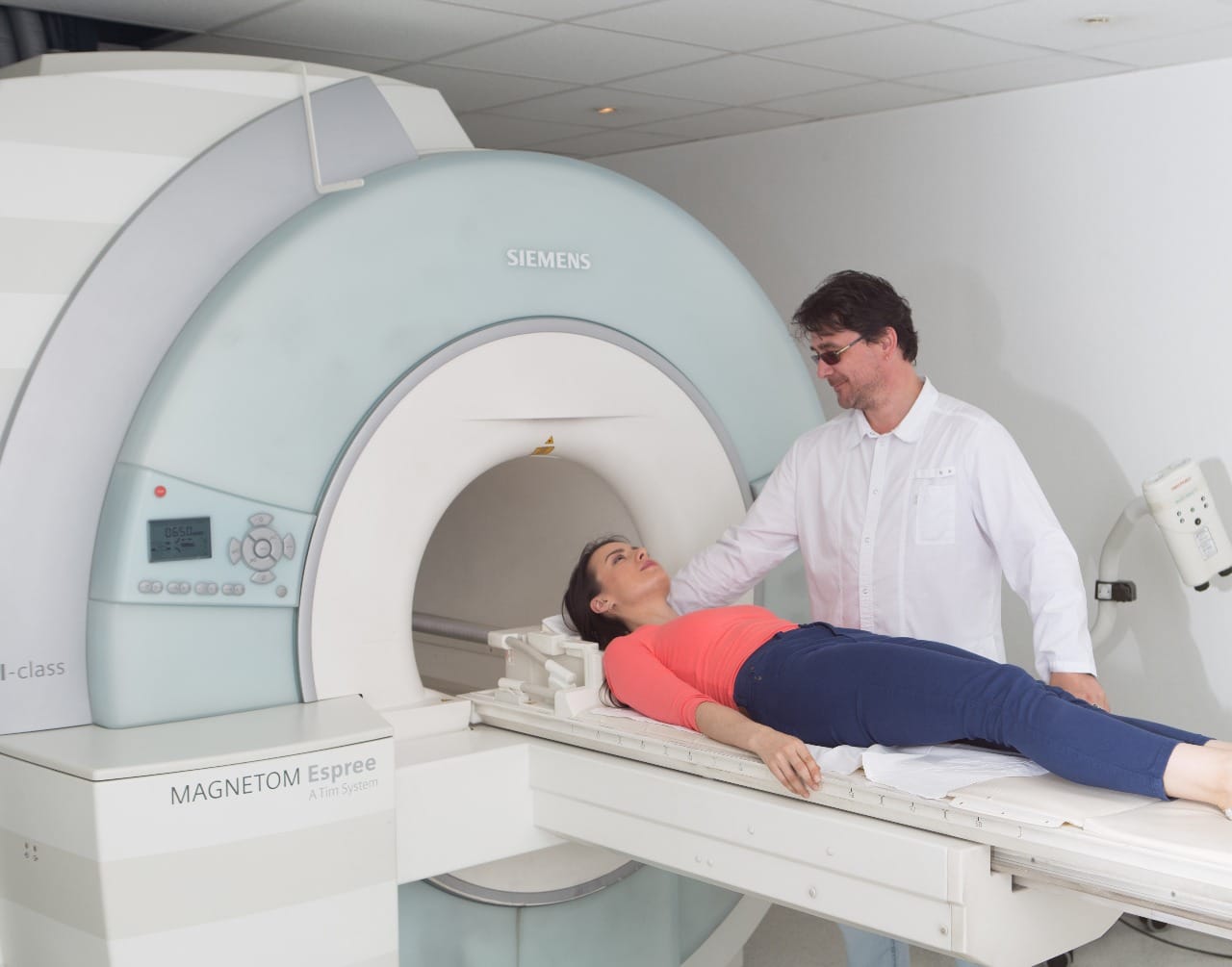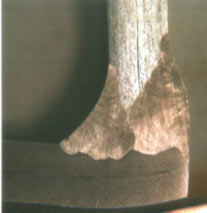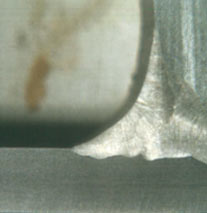LTi Challenge
LTi needed to identify alternative methods of manufacturing the weld joint so it could be quicker, repeatable and more cost effective to produce, yet still capable of withstanding extremely low temperatures of -269.1C (4 degrees Kelvin) the essential condition where gaseous helium becomes liquid. It would also need to conform to their customer’s geometric tolerances and the code requirements of AD2000 – Merkblatt, which governs and sets the standard in the design and manufacture of pressure vessels.
The issue of repeatability in welding is critical, as consistency and quality must not be compromised for the sake of speed. But to achieve this continuously when fabricating identical structures, a good joint relies on being able to consistently maintain the same angle, speed, distance and accuracy of welding over and over again. Traditionally this has required highly skilled welders with many years of experience with regular ‘assessments’ to ensure these stringent requirements are always met. This would have been even more challenging to accomplish given the original joint design for this application. However, when repeatability is achieved it can be extremely valuable to cost saving, by significantly reducing the likelihood of any re-work.
In terms of the actual application, to take images of the body MRI scanners need to generate a very large magnetic field, using a super conducting magnet and many coils of wire through which an electric current is passed. This is why the liquid helium contained within the cryogenic pressure vessels is so crucial. Essentially it bathes and reduces the magnet wire coils to the super low temperatures needed to reduce their resistance to almost zero, allowing electricity to flow freely through them and start the superconductivity process. This is critical, as in order to produce a large enough magnetic field and work effectively, MRI scanners rely on superconductivity to produce the vast amounts of energy they need.




